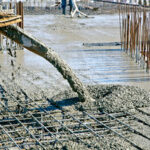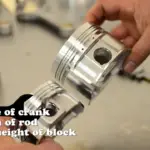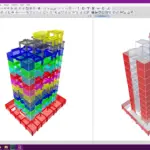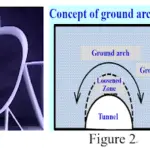Here is simple to use excavation calculator that will help users estimate the quantity of excavation in cubic meters, cubic yards, and cubic feet. All you need to do is enter the length, depth, and width in meters and it will help you estimate the quantity of excavation in cubic yards, cubic feet, and cubic meters.
Note: If you have dimensions (length, depth, and width) in feet or yards; you can use the calculator below to convert them into meters and put the result in the excavation calculator below:
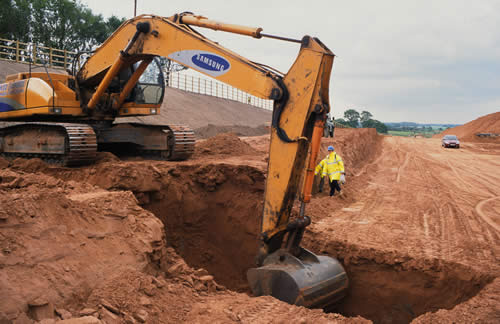
Enter the length, width, and depth of the excavation in meters:
Volume:
This calculator form is with three input fields for the length, width, and depth of the excavation, and a button to trigger the calculation. When the button is clicked, it will calculates the volume in cubic meters, cubic yards, and cubic feet using the formulas:
- Cubic meters: length * width * depth
- Cubic yards: volume in cubic meters * 1.30795
- Cubic feet: volume in cubic meters * 35.3147
The results are then displayed on the page.
Like Us on Facebook!
Enter a length in feet or yards:
Subscribe Us on YouTube!
Length in meters:
What is excavation? What are some steps for excavation?
Excavation is the process of removing earth, rock, or other materials from a construction site in order to create a foundation or prepare the land for a specific purpose. Excavation can be done manually using tools such as shovels and picks, or it can be done using heavy machinery such as backhoes, bulldozers, and excavators.
Here are the steps for estimating the excavation quantity:
- Determine the purpose of the excavation. This will help you determine the size and shape of the excavation area, as well as the type of soil and rock that you will need to remove.
- Measure the length, width, and depth of the excavation area. You can use a tape measure or a laser measure to get accurate measurements.
- Determine the type of soil and rock that you will be excavating. Different types of soil and rock have different densities, which can affect the volume of material that you need to remove.
- Calculate the volume of the excavation area. To do this, multiply the length by the width by the depth of the excavation area.
- Determine the amount of machinery and labor needed to complete the excavation. This will depend on the size and complexity of the excavation, as well as the type of soil and rock that you are working with.
- Estimate the cost of the excavation. This will include the cost of the machinery, labor, and any other expenses such as fuel and transportation.
- Create a detailed excavation plan. This should include a timeline for the excavation, as well as a list of materials and equipment that you will need.
- Secure the necessary permits and approvals. Depending on the location of your excavation, you may need to obtain permits from local, state, or federal agencies.
- Begin the excavation process. Follow your excavation plan and be sure to follow all safety protocols to ensure the success of the project.
- Monitor the progress of the excavation and make any necessary adjustments to the plan as needed.

